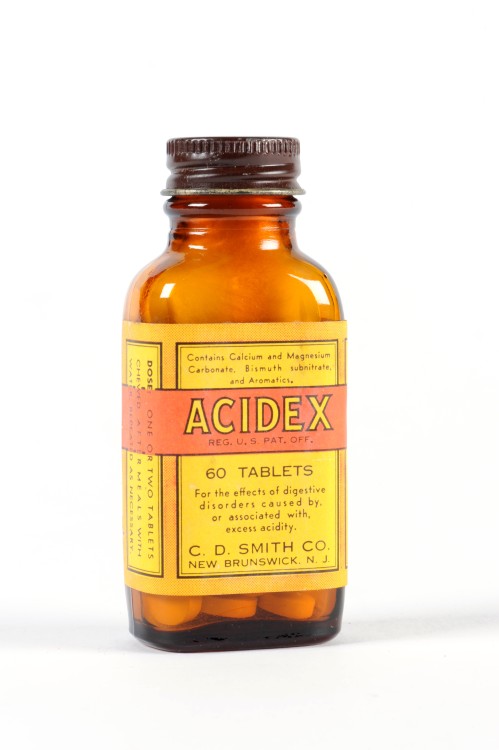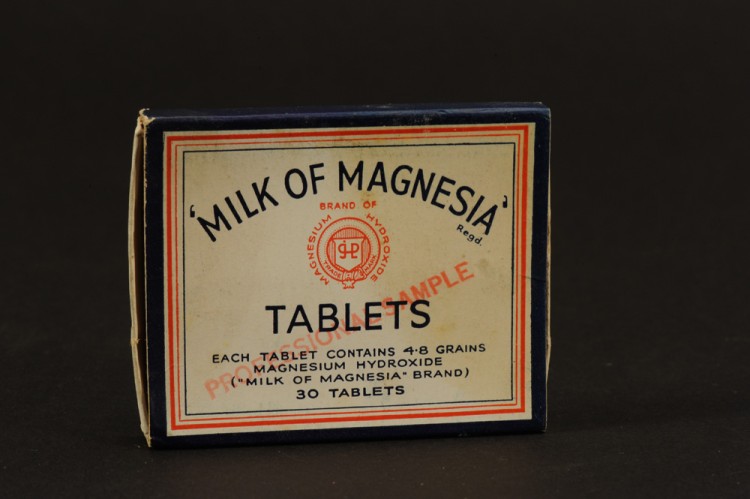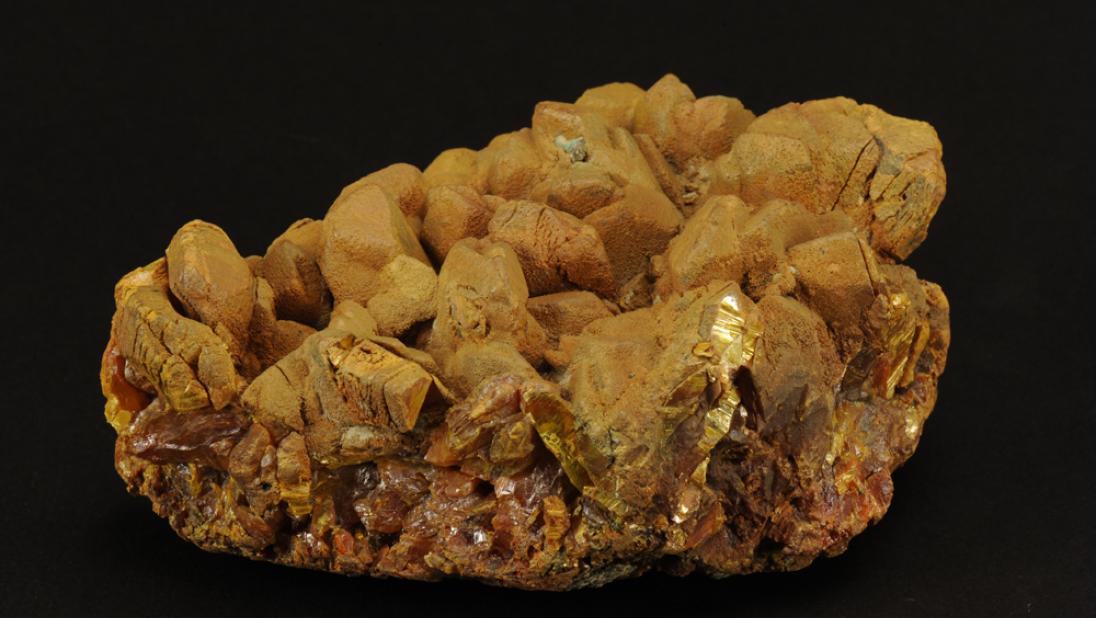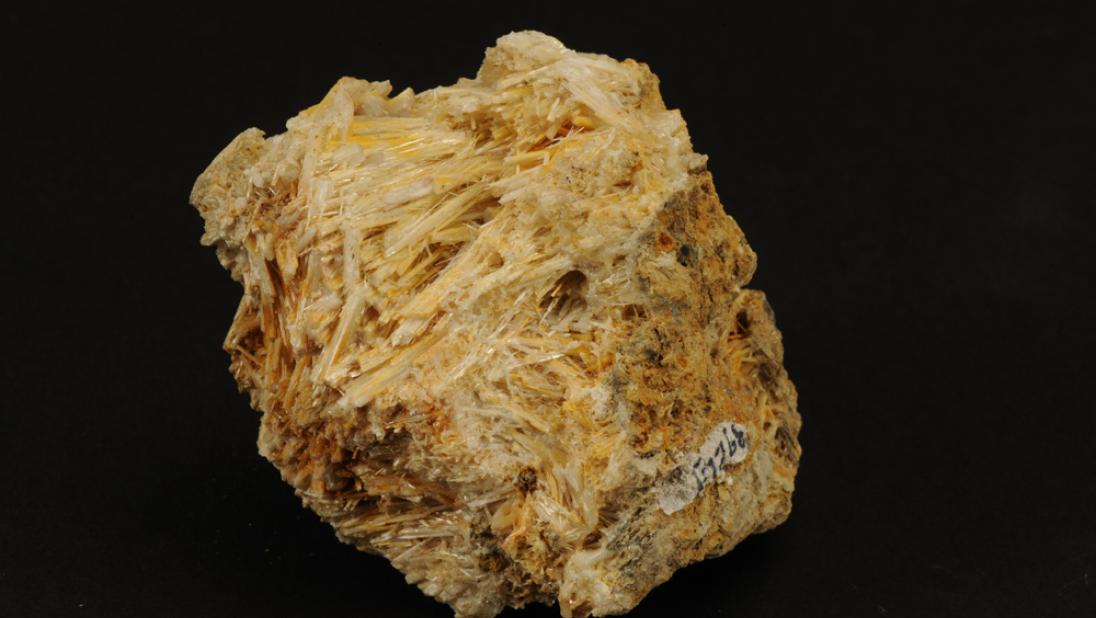
the best of health
A few key elements are vital for life. Quite a few more are needed in tiny amounts to ensure our continuing good health. But there are others that we really don’t want to find in our diet...
Beyond the Pale

For thousands of years, people have applied cosmetics to their faces in pursuit of beauty. European aristocratic women at one time applied ceruse to their complexions to give the appearance of pale skin. Ceruse was a fine white powder made from lead carbonate.
This could have devastating results, causing the death of more than one lady of high society. Maria Countess of Coventry, originally from Castlecoote, Co. Roscommon, died from cosmetic-induced lead poisoning in 1760, aged just 27.
Ceruse had already been classified as a poison more than a century earlier but it continued to be used as a cosmetic for many more decades.
The thought that people would use cosmetics containing toxic heavy metals might seem preposterous, but it still goes on. Mercury affects the nervous system and its legal limit in cosmetics is just 1 part per million (0.0001%).
Stillman’s Skin Bleach Cream contains 4800 parts per million of mercury, almost 0.5%. Although banned across the UK and most of Europe, it is still manufactured and widely sold on the internet.
Arsenic Tonics

Arsenic is a notorious poison. In the 19th Century, it was often referred to as “inheritance powder” because it was an effective poison that was difficult to detect.
Deliberate poisoning is now thankfully quite rare, but in some parts of the world, groundwater supplies are naturally contaminated with arsenic. This can cause significant health problems for those consuming the water.
Bizarrely, arsenic has often been taken as a tonic to treat a whole range of maladies, from arthritis to malaria. In very small quantities it may even do some good since it stimulates the production of haemoglobin, the key ingredient that transports oxygen in the blood.
Mercury and medicines

Mercury is a highly toxic heavy metal. Before the advent of modern antibiotics, mercury compounds were widely used to treat various bacterial diseases.
Recommended doses commonly contained levels of mercury that were thousands of times higher than the 'safe' limit now recognised. The hope was that it would kill the bacteria before it killed the patient!
Calomel, a compound of mercury and chlorine, was used to treat a host of ailments from constipation and intestinal worms to syphilis and malaria. It has a sweet taste, rather like honey, which is the origin of the ‘mel’ part of the name. It was even used in teething powders as recently as 1954, causing the death of numerous infants, yet Calomel was not removed from official drug lists in the UK until 1958!
Heavy metal relief

One group of heavy metals lie together in an area of the Periodic Table sometimes called “Poisoners’ Corner”. Mercury, Thallium and Lead have been responsible for many deaths, while Polonium is notorious for being the exotic poison that killed Alexander Litvinenko in 2006. Nestled in amongst these killers is the element Bismuth, a heavy metal that seems to buck this deadly trend. Far from being a deadly poison, compounds of bismuth have been used for many decades to settle upset stomachs without any apparent ill effects.
Milk of Magnesia

The familiar blue glass (which owes its colour to cobalt oxide) bottles of Milk of Magnesia on pharmacy shelves have for more than a century been a welcome sight for dyspeptic customers. The key ingredient in both the white liquid ‘milk’, and the tablets, is magnesium hydroxide. This is effective at neutralising digestive acids and settling upset stomachs.
A “condensed solution of fluid magnesia” (a compound of magnesium with hydrogen and oxygen) was first used to treat stomach pain in 1829. Its inventor, Sir James Murray (1788-1871), was born in Culnady, Co. Londonderry. He worked in Belfast for some years before moving to Dublin. Murray Street, beside Belfast Academical Institute, is named after him. The brand name Milk of Magnesia was first used in 1872, by Charles Henry Phillips, and is still in use today.
Pipes, pumps and plumbum

This 19th Century cast-iron water pump is attached at its base to a lead pipe. The pump itself is painted with red-lead oxide paint.
The Latin word for lead is plumbum, hence its chemical symbol Pb. It is a soft metal that can easily be fashioned into pipes. It has been used since Roman times for this purpose, from which we get the word ‘plumbing’. Lead also is a very poisonous metal, causing damage to the brain and nervous system. In the past, lead pipes and pumps could cause low-level lead poisoning among people in general; lead paint and toys could poison children that unknowingly chewed on them. In the 20th Century, it was the addition of lead to petrol that caused chronic low-level lead poisoning on a global scale.
Nasty Stuff

Taxidermy mounts (stuffed mammals and birds) can suffer unwanted attention from much smaller creatures that like to munch on old feathers and fur. To prevent their beautiful mounts from ending up looking rather dog-eared, 19th Century taxidermists would sprinkle them with a fine dusting of arsenic and then seal them beneath a glass dome. This was very effective at poisoning these unwanted pests, but could also be deleterious to the health of taxidermists. Even the museum’s conservators have to treat these displays with care once the glass dome has been removed.
Taking temperatures
Mercury is the only metallic element that is liquid at normal room temperatures and, as a good conductor of heat, it is ideal for thermometers. But it also is a very toxic element and so today mercury thermometers are seldom found outside of scientific laboratories. Most thermometers that appear to contain mercury actually contain an alloy (mixture) of three metals – tin, indium and gallium – called Galinstan, that remains liquid at temperatures down to -19oC.
Dying for your art

For centuries artists have sought new pigments with improved qualities, such as brightness, opacity, or resistance to fading. If it involved using hazardous materials – and it often did – then it was seen as a necessary evil. The true nature of some pigments was disguised; Paris Green was an arsenic compound and vermillion was mercury sulfide. The identity of many others was not, such as Chrome Orange or Cadmium Scarlet. Unfortunately, many artists have a tendency to lick their paintbrushes…
Just a trace

Iodine is a trace element vital for the healthy functioning of your thyroid gland and so, for this reason, is often added in small amounts to table salt. But for fungi, bacteria and many other micro organisms, such as parasitic amoebae, it is bad news and an effective way of killing them. A solution of iodine in water is widely used to sterilise wounds and to kill harmful microorganisms in drinking water.








